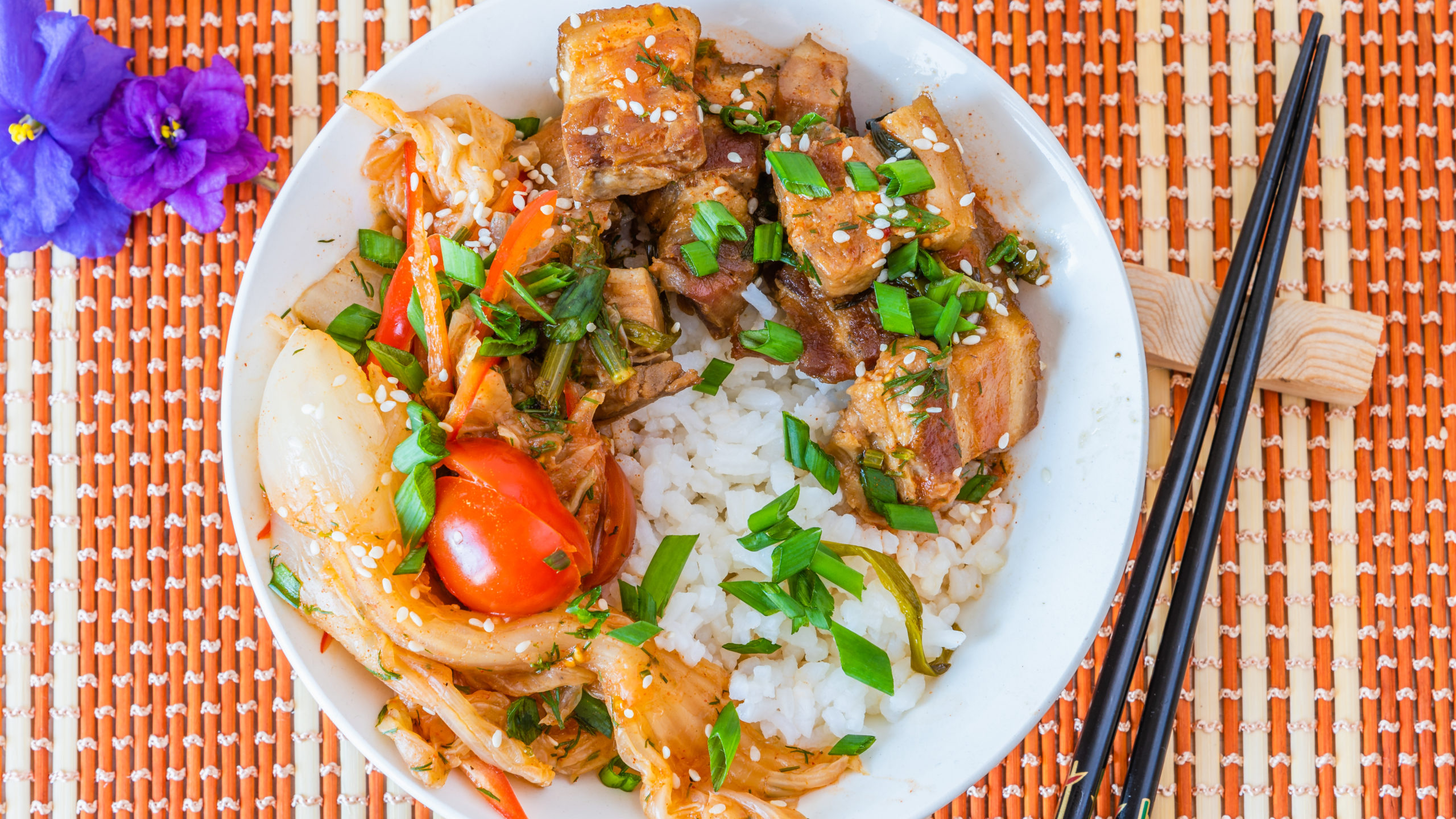Food is an essential part of human existence. Recently, we wanted to elevate the concept of eating from a necessity into a meaningful experience. While previously focusing on the idea that food brings people together, this time, we wanted to implement “food experiences” as part of our weekly culture activities – to push the boundaries of how we partake of food. Focusing on the food experience forced individuals outside of their comfort zones, allowing them to partake in “food firsts”. But this isn’t just about food – it’s the principle of how we look at things in our life that we take for granted and how to deliberately look at them from a different angle to deepen our perspective.
Allow me to highlight three “food experiences” that were impactful for our teammates:
The “Melt the Snow” Hot Sauce Challenge
In this experience, we collected a variety of hot sauces, hot peppers, and spicy foods/snacks. In the challenge, voluntary competitors randomly drew a small piece of paper that listed the item they had to taste. If they made it through all of the items, they advanced to the final round – eating a Serrano Pepper simultaneously with other participants (note: the Serrano Pepper is between 10,000 – 23,000 heat units on the Scoville Scale and can be nine times hotter than a jalapeño pepper!).
Watching each contestant eat the peppers was a highlight for the observers. Red faces, sweat beads rolling down cheeks, and other visible reactions were, in some surprising cases, actually welcomed by the contestants in their attempt to be the last one standing. Teammates who wanted to observe but not actively participate could also taste any of the included items on their terms from the items on a taste-testing table. This 30-minute experience still sparks ample amounts of conversations with teammates.
“This or That” blind taste test
This was the ultimate test to see which teammate has the most refined taste buds. Each contestant was blindfolded and given two versions of a food item in a randomized order (think Jif peanut butter vs. generic peanut butter, Coke vs. Pepsi, Beyond Meat patty vs. regular beef patty, tap water vs. bottled water, green M&M vs. red M&M, whole milk vs. skim, tofu vs. chicken, etc.).
Contestants were then asked to guess which item they tasted first and scorekeepers recorded their answers. The most rewarding aspect of this challenge was observing the participant’s faces when they discovered their guesses were incorrect even though they were “absolutely sure” they knew the difference. Out of all the cultural “food experiences” we have held, this has been one of the best for teammate observation. Teammates that would normally be passive participants or those who prefer to stay out of the spotlight and observe, volunteered to put their taste buds to the test. All teammates in attendance attempted guessing at least once.
“New Year, New Me”
In this experience, teammates were able to taste a variety of unique foods entirely new for their tastebuds. We gathered food from a variety of specialty grocers, including an Asian and Mexican food market. A special focus was collecting items that we knew teammates most likely never included in their everyday cooking. Some of the noteworthy items included dried squid, mochi, dried turnip, tamarind, and grape leaf. The items were set up buffet style and teammates were able to taste any items they pleased. After surveying all teammates, many items were a “first.” Even within the “foodie” group, there was a least one food item included that they had never tried before.
Takeaway
Overall, we have received an overwhelmingly positive response to our food experiences. Now, when teammates think of eating at work, their minds go way beyond the brown paper bag they may have brought for lunch. This serves as a great reminder that leaning into something “normalized” and figuring out how to instill a different insight is worth the exploration! So, what are the things in your life that you can deliberately reconsider in a unique way?
A special thanks to Mariah Lord for arranging these food experiences and describing the methodology and reactions. We highly recommend food experiences in your company cultures.

